(NLDO) - The Earth's belt existed during the Ordovician "catastrophe" before gradually falling over millions of years.
According to Sci-News, a new study led by Professor Andy Tomkins from Monash University (Australia) has helped recreate an Earth with rings identical to Saturn.
This strange "portrait" of the Earth existed about 466 million years ago, during the mid-Ordovician period, when the oceans were teeming with living creatures.
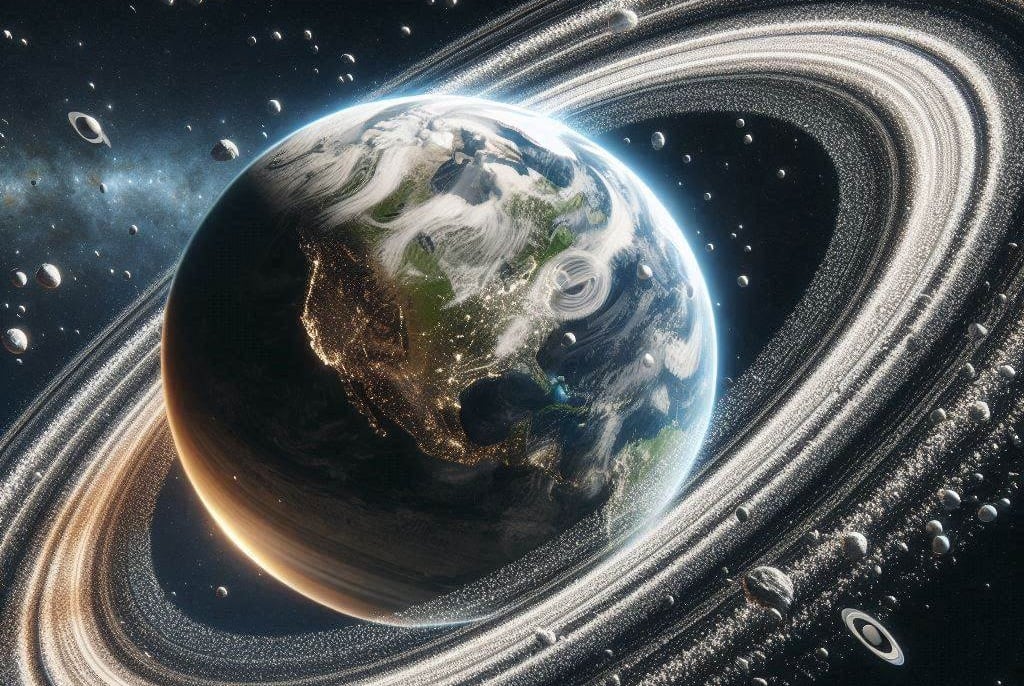
The Earth once had a ring but it disappeared several hundred million years ago - Illustration AI: Anh Thu
To come to this conclusion, scientists examine the locations of 21 ancient “scars,” which are impact craters that appeared during a period called the “Ordovician impact peak,” which lasted about 40 million years.
All of these impact craters lie within 30 degrees of the equator, even though more than 70% of Earth's continental crust lies outside this region, an anomaly conventional that theories cannot explain.
According to the authors, this local impact pattern can only be explained by a large asteroid slamming into Earth.
When it passes the Roche limit, it breaks into millions of pieces. The Roche limit is the closest distance that two celestial bodies can get to ensure their integrity. If it passes that distance, the smaller celestial body will break into pieces.
Fragments from this asteroid formed a large belt of dust and rock around the Earth. But it was unstable, falling towards the ground.
This created a period of increased meteorite impacts, which is recorded in the mid-Ordovician sedimentary rocks, which are littered with debris.
What makes this discovery even more intriguing, the authors say, is the potential impacts of this belt system on climate.
They speculate that this belt may have cast a shadow over Earth, blocking sunlight and contributing to a significant global cooling event known as the Hirnantian Ice Age, which occurred near the end of the Ordovician period, considered one of the coldest periods in the past 500 million years, contributing to the Ordovician being a harsh era, beginning and ending with major extinction events, not to mention the aforementioned meteorite-infested period.
“The idea that the belt system can influence global temperatures adds complexity to our understanding of how extraterrestrial events can shape Earth's climate,” Professor Tomkins concluded.
The study was recently published in the scientific journal Earth and Planetary Science Letters.
These findings suggest that Earth's ancient rings were very similar to Saturn's. A recent NASA study found that Saturn's rings may be just 100 million years old and are on the verge of disappearing.
Source: https://nld.com.vn/trai-dat-co-vanh-dai-giong-sao-tho-nhung-bi-roi-mat-196240919145757183.htm








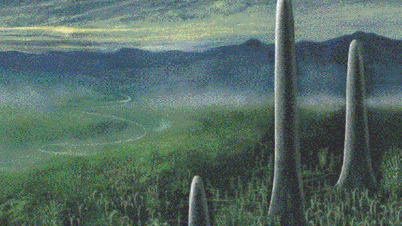





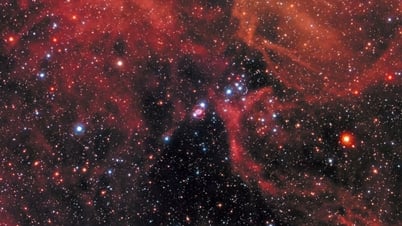



















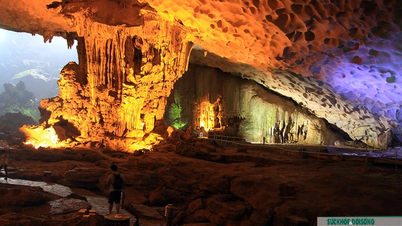



















































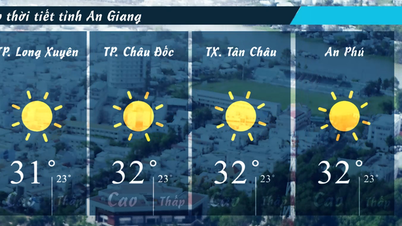







![[OCOP REVIEW] Bay Quyen sticky rice cake: A hometown specialty that has reached new heights thanks to its brand reputation](https://vphoto.vietnam.vn/thumb/402x226/vietnam/resource/IMAGE/2025/7/3/1a7e35c028bf46199ee1ec6b3ba0069e)











Comment (0)